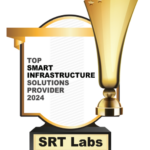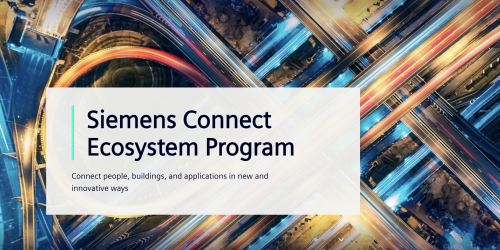
AI/ML in Smart Cities
July 8, 2024
CIO Review Awards SRT Labs “Top Smart Infrastructure Solutions Provider” for 2024
August 1, 2024By Sam Kome, SRT Labs Technology Partnerships Manager
Implementing a new connected system, whether completely new or upgrading an existing network, the first decisions revolve around how devices should be connected to the network. Hardwiring ethernet cables to each device can provide power but can be costly, limit the deployable options of devices and placement, and ignores the great strides that wireless technology has made to secure data.
Today’s IoT networks are generally low power and wide area. The two most common types are Long Range, Wide Area Network (LoRaWAN) and cellular radio, followed by a variety of others like Zigbee and even Bluetooth. Within cellular radio the (currently) most common types are Long-Term Evolution Machine Type Communication (LTE-M), and Narrow Band IoT (NB-IOT).
Key use cases for LoRaWAN and cellular technologies
- Smart Cities. Both LoRaWAN and cellular can be used in smart city applications such as smart parking, smart lighting, waste management, and environmental monitoring.
- Industrial IoT. These technologies are commonly used in industrial IoT applications for asset tracking, predictive maintenance, and monitoring of equipment and machinery.
- Agriculture. LoRaWAN and cellular are utilized in agriculture for applications like soil monitoring, crop management, and livestock tracking.
- Utilities. Both technologies are employed in utility management for smart metering, water management, and energy monitoring.
- Logistics and Supply Chain. LoRaWAN and cellular are used in logistics and supply chain management for tracking shipments, monitoring inventory, and optimizing routes.
Key Differences
Technology: LoRaWAN is based on the LoRa modulation technique, which allows for long-range communication with low power consumption. NB-IoT/LTE-M, on the other hand, are cellular technology standardized by the 3rd Generation Partnership Project (3GPP) for low-power wide-area (LPWA) communication.
Coverage: LoRaWAN typically offers longer range coverage compared to NB-IoT/LTE-M, making it suitable for applications that require communication over larger distances.
Bandwidth: NB-IoT/LTE-M provides higher bandwidth compared to LoRaWAN, which can be beneficial for applications that require higher data rates.
Latency: Latency is the amount of time it takes to get on a network and send a message. A device can either collect information and send a packet to the cloud in intervals or it can communicate in real- time. NB-IoT/LTE-M have much lower latency than LoRaWAN, with LTE-M being close to real-time. Note that lower latency requires higher energy consumption.
Deployment: LoRaWAN operates in unlicensed spectrum, allowing for easier deployment by organizations and individuals. NB-IoT/LTE-M, being a cellular technology, requires network infrastructure provided by mobile network operators.
Cost: LoRaWAN devices are generally more cost-effective compared to NB-IoT/LTE-M devices, making them a preferred choice for applications where cost is a significant factor.
Power Consumption: LoRaWAN devices typically have lower power consumption compared to NB-IoT/LTE-M devices, enabling longer battery life for devices in the field.



